Mon 30 Jun 2014 by Philip Woodcock
Despite the impression one might get from reading the popular press that offshore windfarms are serviced by unregulated
cowboys, continuous improvements are being made by the vessel operators to improve safety
and efficiency.
Many of the vessels operating on offshore windfarms are operated by members of the National Workboat Association
(NWA). Traditionally, the NWA has kept out of the limelight, supporting members and assisting the Maritime &
Coastguard Agency (MCA) in the UK in preparing regulations that meet the spirit of the rules for larger vessels but are
appropriate for smaller vessels.
The original ‘Brown Code’ for workboats – which ‘morphed’ into MGN 280, the Workboat Code and derivations of it
such as the Caribbean Code – is a prime example of this practical co-operation between industry and the regulators.
While still continuing this vital role, the NWA is also committed to taking a leading role in safety awareness in the
workboat industry as demonstrated at its inaugural safety forum held in late April 2014.
The current work programme at the NWA is focused around the update and revision of the original Brown Code, training
and certification, and addressing the specific actions assigned to it by the Marine Accident Investigation Branch (MAIB)
in report 23/2013 following the Windcat 9 and Island Panther incidents (see OWJ Fourth Quarter 2014).
The revision of the Brown Code is ongoing, with the MCA and the working group hoping to have a version released for
public consultation before the Seawork 2014 exhibition in Southampton (which takes place 10–12 June). On 10 June, as
part of the conference at the event, the MCA and NWA will deliver a combined presentation on the revised code.
The NWA has been working hard with industry, the MCA and UK educational authorities to find ways to make training
and certification fit for purpose and accessible to the workboat industry. Recent successes include a towing endorsement
for coastal tug crews, syllabi for radar and non-ecdis electronic chart system training courses and a new apprenticeship
scheme for deckhands.
The radar and electronic navigation course addresses a need within the industry to bring the crews’ skills in line with
modern technology. This need exists as many of the current courses are designed for large ship operations and do not
meet the practical and cost limitations of the workboat industry. The first course was delivered by Maritas Training Ltd.
A new apprenticeship scheme is also under development to allow a pathway for young, non-mariners to enter the
workboat industry and emerge with a solid foundation in safe working practices offshore and recognisable qualifications.
It is anticipated that this scheme will move closer to reality in the coming months, helping the industry to have a
sustainable source of competent seafarers.
In report 23/2013, the MAIB tasked the NWA with two requirements: complete and issue the Offshore Energy Service
Vessel Good Practice Guide (OESV Good Practice Guide); and, in co-operation with the International Marine Contractors Association (IMCA), formulate a system for receiving and promulgating safety issues and lessons learned.
The OESV Good Practice Guide underwent a significant review process within the membership over the winter before
going out to all external stakeholders for consultation in early March. It was due to be circulated before Seawork 2014,
and it is hoped that this will help operators and charterers to better understand OESVs and how they should be managed.
The promulgation of safety information and lessons learned is a significant weak point in the offshore wind industry, with
many believing that transparency will result in punitive repercussions rather than positive recognition.
As briefly highlighted above, to improve the awareness of safety within its membership, the NWA initiated a safety forum
to share lessons learned for the greater good of the offshore wind industry. The forum will promote the IMCA Safety
Flash system (www.imca-int.com/safety-environment-and-legislation/safety-flashes.aspx) as the most effective and
transparent method for promulgating such information.
At the inaugural meeting it was decided that the forum will be open to industry stakeholders who also believe in a ‘no
blame’ approach in improving safety.
An open and transparent approach to safety can only be to the good of the industry in its efforts to drive down the cost of
energy. OWJ
*Philip Woodcock is operations manager/QHSE/marine manager at Workships Contractors in the Netherlands



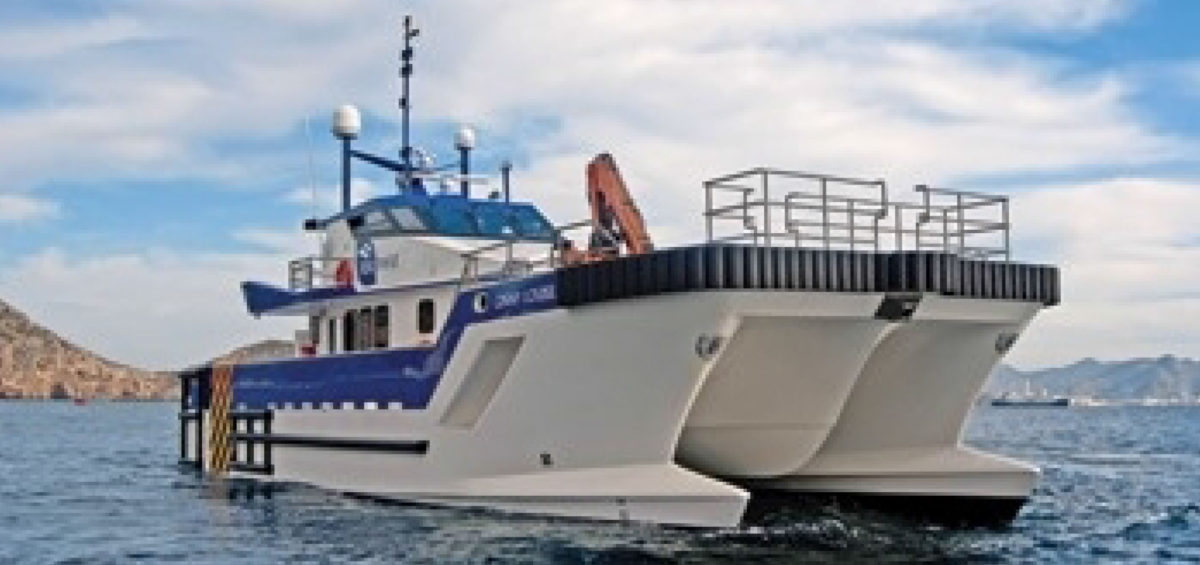
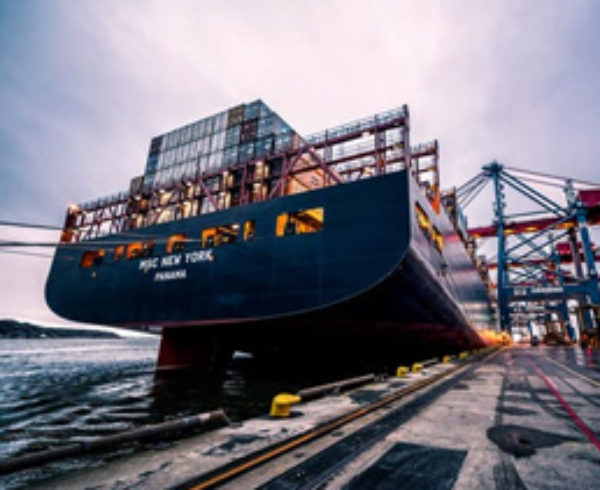
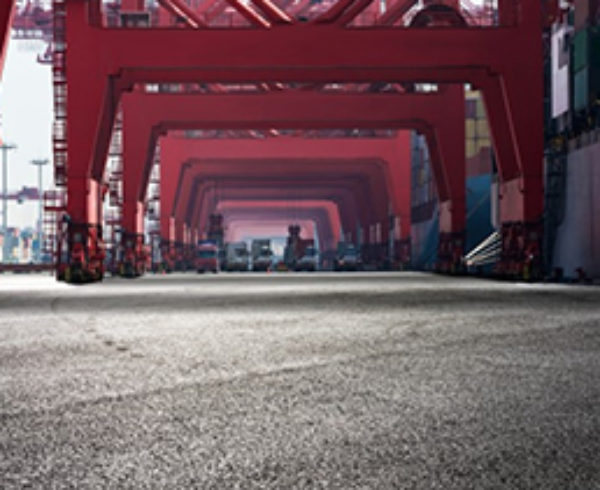
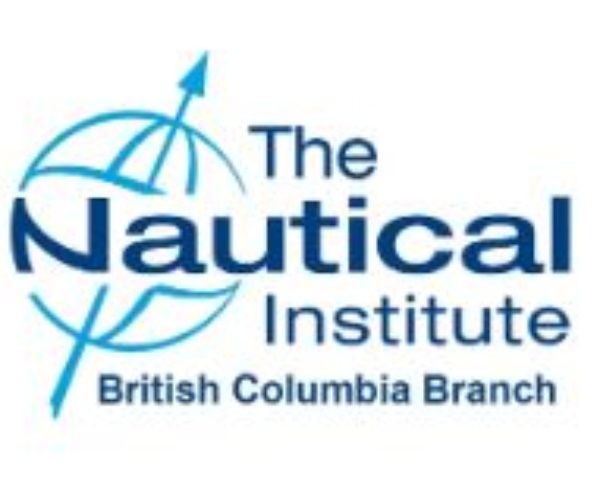
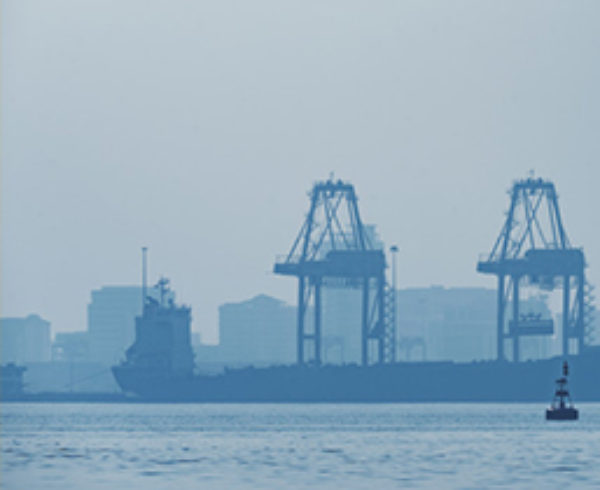
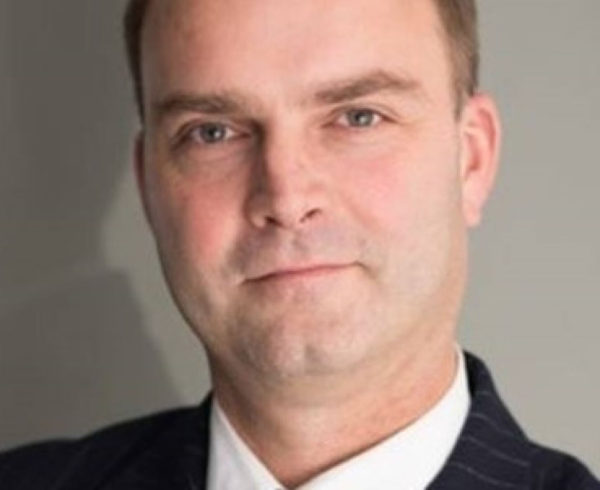
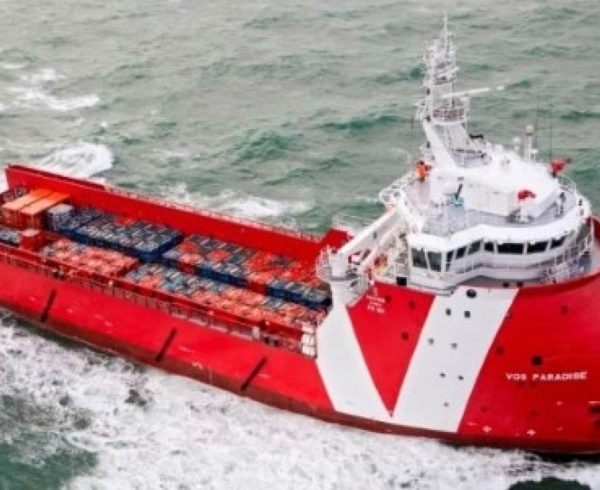
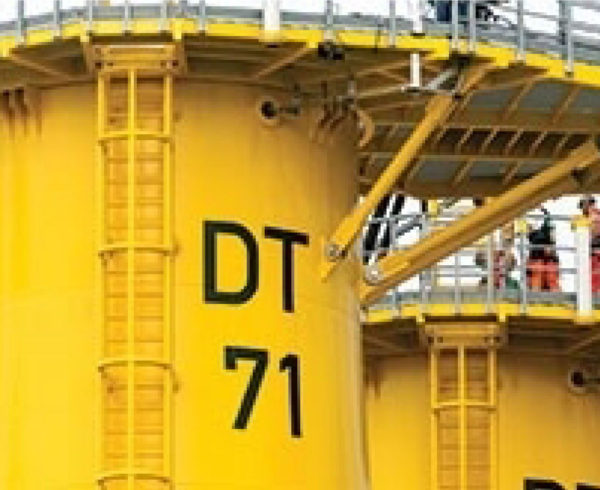
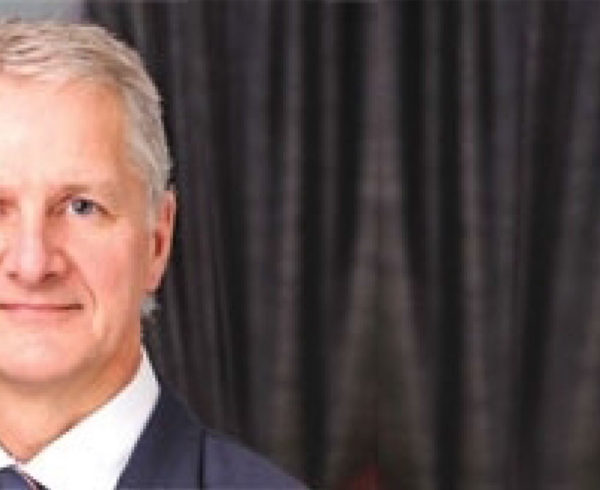

Leave a Comment